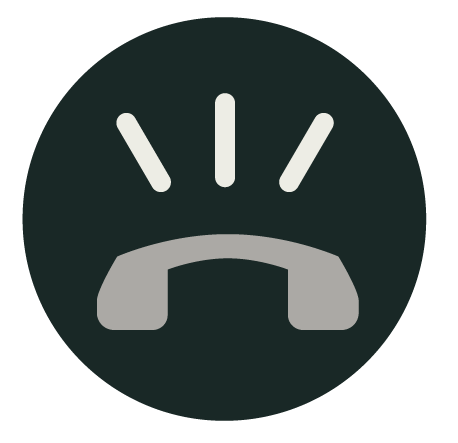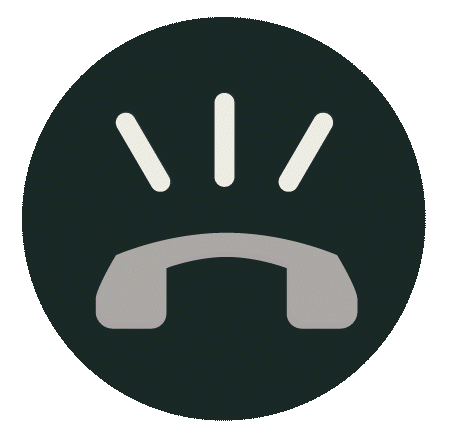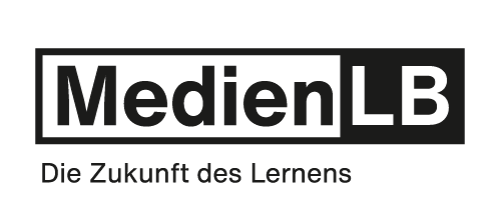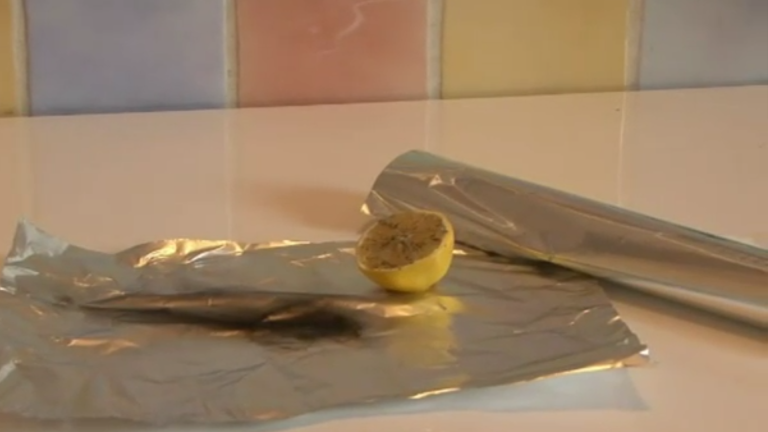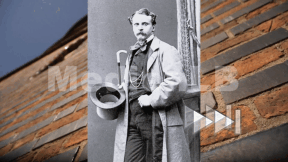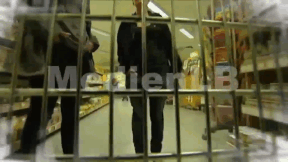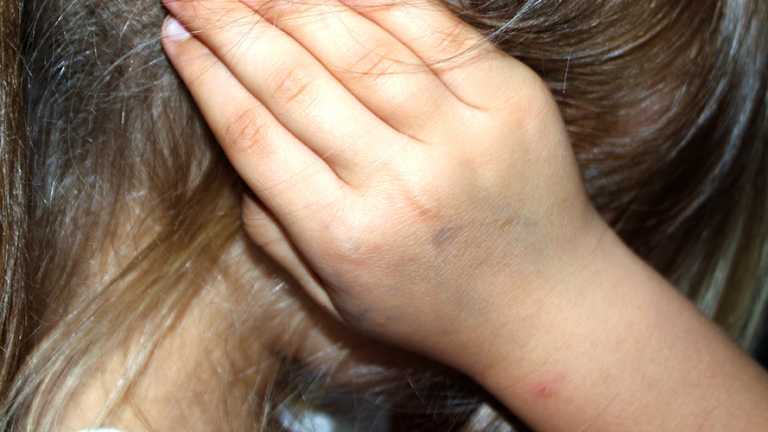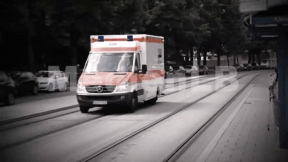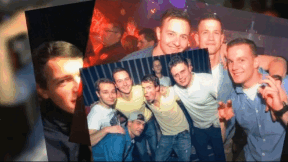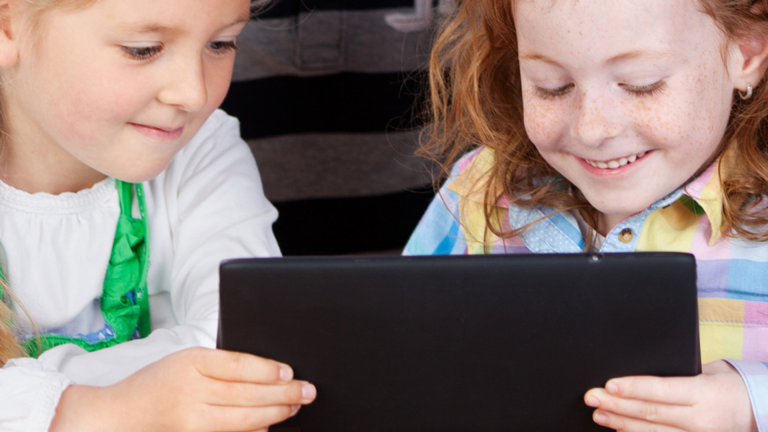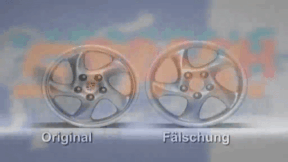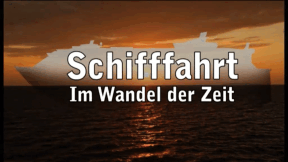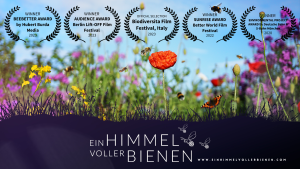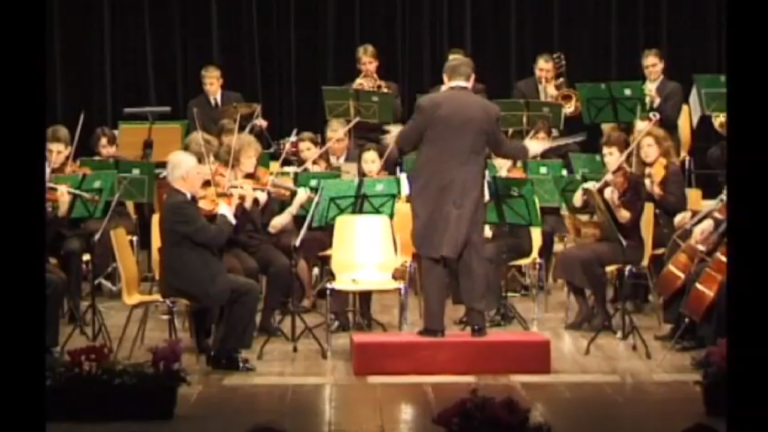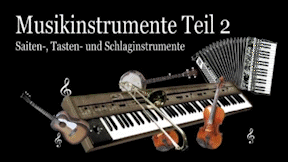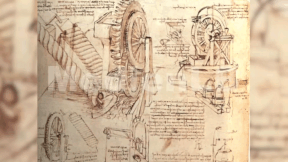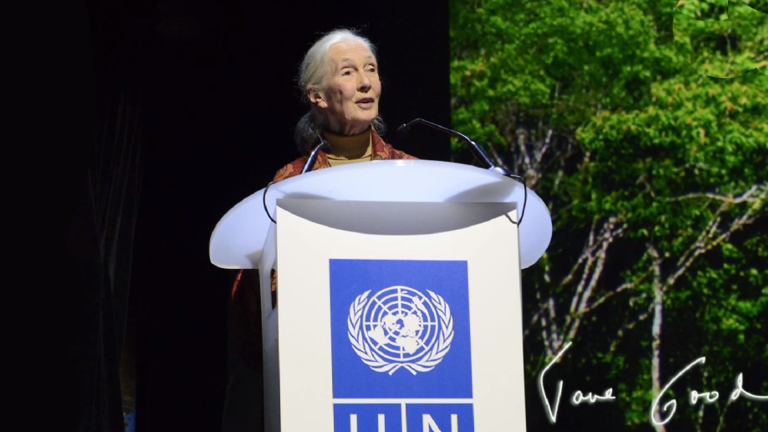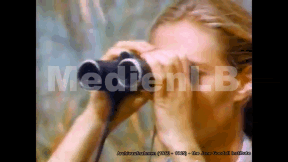Suche:
- # Artistry
- # Biology
- # Chemistry
- # Ecological
- # Economy
- # English
- # Foreign Language
- # Geography
- # German
- # Health
- # History
- # Informatik
- # Latin
- # Mathematics
- # Media Education
- # Music
- # Physics
- # Politics / Civics
- # Preschool
- # Primary School
- # Religion
- # Society
- # Sports
- # Technology
- # Training of Teachers
- # Vocational Education
Aluminium I
In the modern world, we encounter aluminium at every turn. This is due to the particular properties of the metal. Increasingly, aluminium is about to edge iron and steel out of engineering, as aluminium allows energy-saving lightweight construction of aircraft and vehicles of all kind. Aluminium is weather-resistant, does not rust and is therefore well suited as building material for house facades, window frames or simply for all parts that are exposed to wind and weather. At the same time, aluminium has a noble-looking surface recommending it as material for interior design.
Learn moreThomas Mann
Thomas Mann ist einer der wichtigsten deutschen Schriftsteller des 20. Jahrhunderts. Der Film zeichnet die Lebensstationen des Literaturnobelpreisträgers nach und schafft Verbindungen zwischen seinem Leben und seinen wichtigsten Werken. Der Wandel vom unpolitischen Nationalisten zu einem überzeugten Demokraten und Gegner der Nationalsozialisten wird in zahlreichen Werkzitaten und Spielszenen überzeugend dargestellt.
Learn moreVegane Ernährung
Familie Böhning lebt seit zwei Jahren vegan. Auch unsere Reporterin versucht, „Vegan“ in ihr Leben einzubinden. Der Film begleitet sie und Familie Böhning im Alltag, stellt Fragen und zeigt Probleme.
Learn moreHäusliche Gewalt
Häusliche Gewalt ist ein verborgenes Problem mit einer erschreckend hohen Dunkelziffer.
Learn moreKräuterdrogen
Sie bekommen minutenlange Lachflashs, haben ihre Bewegungen nicht mehr unter Kontrolle oder rennen ziellos durch die Gegend. Internetvideos zeigen, was die sogenannten Legal Highs mit Jugendlichen anstellen.
Learn moreDrogen und Komasaufen
Sich die Welt schön trinken, high sein und pfeifen auf den Alltag mit all seinem Stress, Druck und der Verantwortung – was kann schöner sein? Die eigenen Grenzen kennen – gar nicht so leicht als junger Mensch. Die Gefahren legaler und illegaler Drogen sind vielfältig, deren Wirkung gerade für Jugendliche jedoch oft zu verlockend. So auch für Dennis und seine Freunde. Der Film begleitet die Clique beim nächtlichen Feiern und beobachtet, wie der Gruppenzwang einen dazu drängt, mit den anderen mitzutrinken und die eigenen Grenzen aus den Augen zu verlieren.
Learn moreMobile Learning II
Oh, what’s that? Original soundtrack Thissen: “As our children grow up in a media world and naturally handle the media, they should also be a topic in school.“ An older child says the point is that they don’t just load down apps but create things themselves that haven’t existed so far. Hi, I’m Jana. A propeller hat. I’ll put it on. Now I’m no longer a simple rhino, but a flying rhino. Original soundtrack Thissen: “It’s exactly the great flexibility of tablets that promotes very personalised and adapted learning.” Original soundtrack Welzel: “It’s fascinating to see how the children grow with their products and how they always want to improve them.” The Westminster Abbey is a church in London for the royal family. Original soundtrack Welzel: “And?“ They think it is ok.
Learn moreProduct Piracy
Counterfeiting takes place in almost all economic sectors – textiles, watches, car parts, machine parts, tools, accessories, software and medicines. Some counterfeits are easy to recognise, others are so well-executed that even experts have difficulty distinguishing between original and imitation. This DVD covers the development of a product from idea to manufacture. Once a product has become a trademark, product pirates appear on the scene.
Learn moreShipping
From time immemorial people have been fascinated by the sea. With the help of wood, papyrus or animal skin our forbears began to move on water. The history of shipping is inseparably associated with the history of human civilization. It offered new ways of transport for goods, merchandise and also people. It brought cultures together.
Learn moreMusical Instruments
Music is an important part of our lives as well as of human culture. By listening attentively, pupils will obtain a finer perception of their musical environment and its structure, which is to support them in finding out and cultivating their own preferences in music. Part of this is also to be able to experience, describe and classify musical instruments.
Learn moreJane Goodall
Jane Goodall is considered a pioneer among behavioral scientists in the world of chimpanzees. At the age of only 26, she began her work as a scientist in Tanzania, East Africa, in early 1960. She lives with free-ranging chimpanzees and provides insights into their social behavior and abilities. As founder of the Jane Goodall Institute, she has worked since 1986 to raise awareness and sustainability regarding the coexistence of humans, animals and the environment. The film provides insights into the life and work of Jane Goodall.
Learn more